Hip
Medical Resources
6 Articles
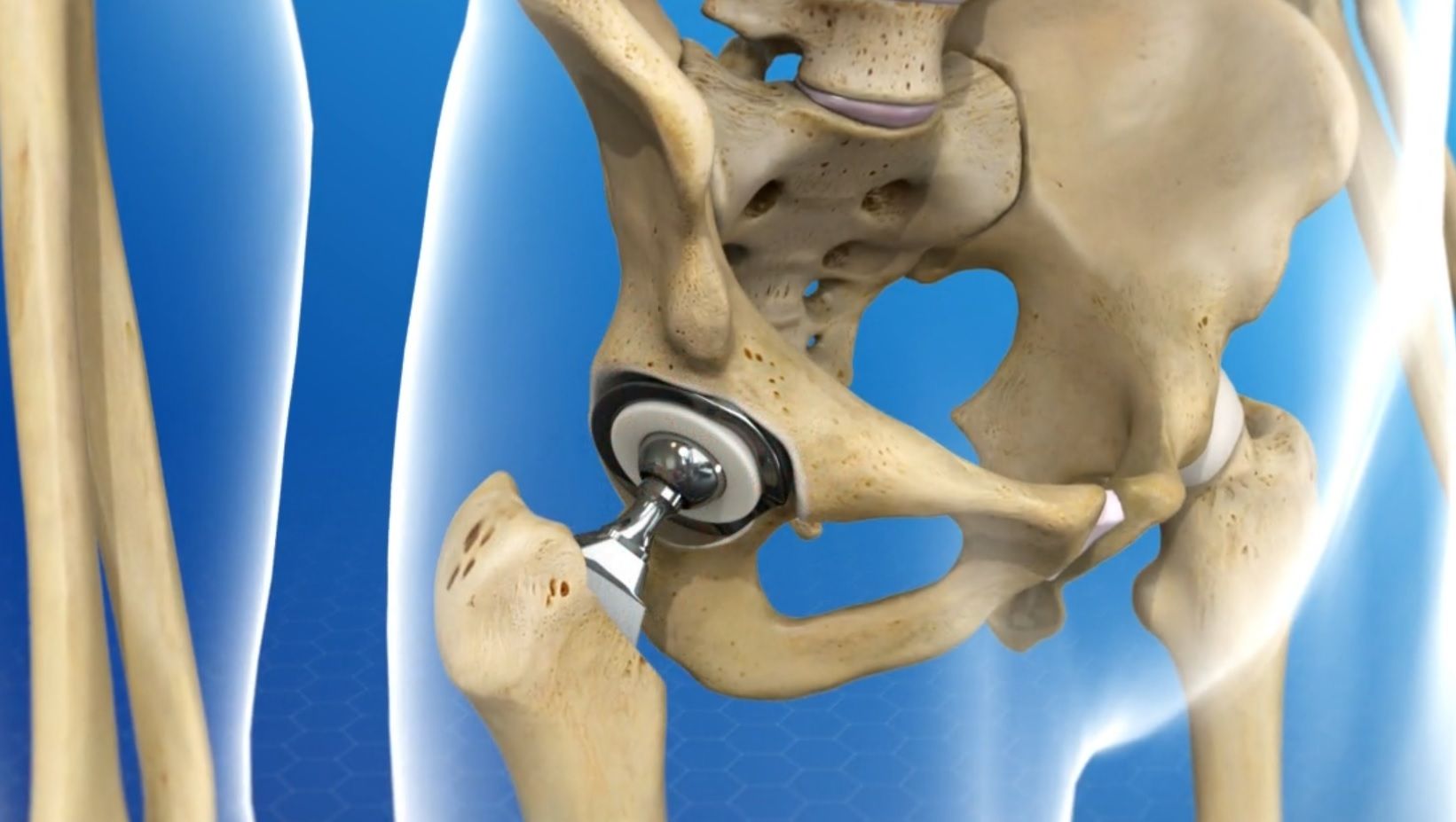
Total Hip Replacement
Overview
In a total hip replacement surgery, the parts of your damaged hip joint are replaced with implants to recreate the ball and socket. This procedure reduces pain and restores hip mobility and function.
Preparation
To start the surgery, you are put to sleep with general anesthesia. …
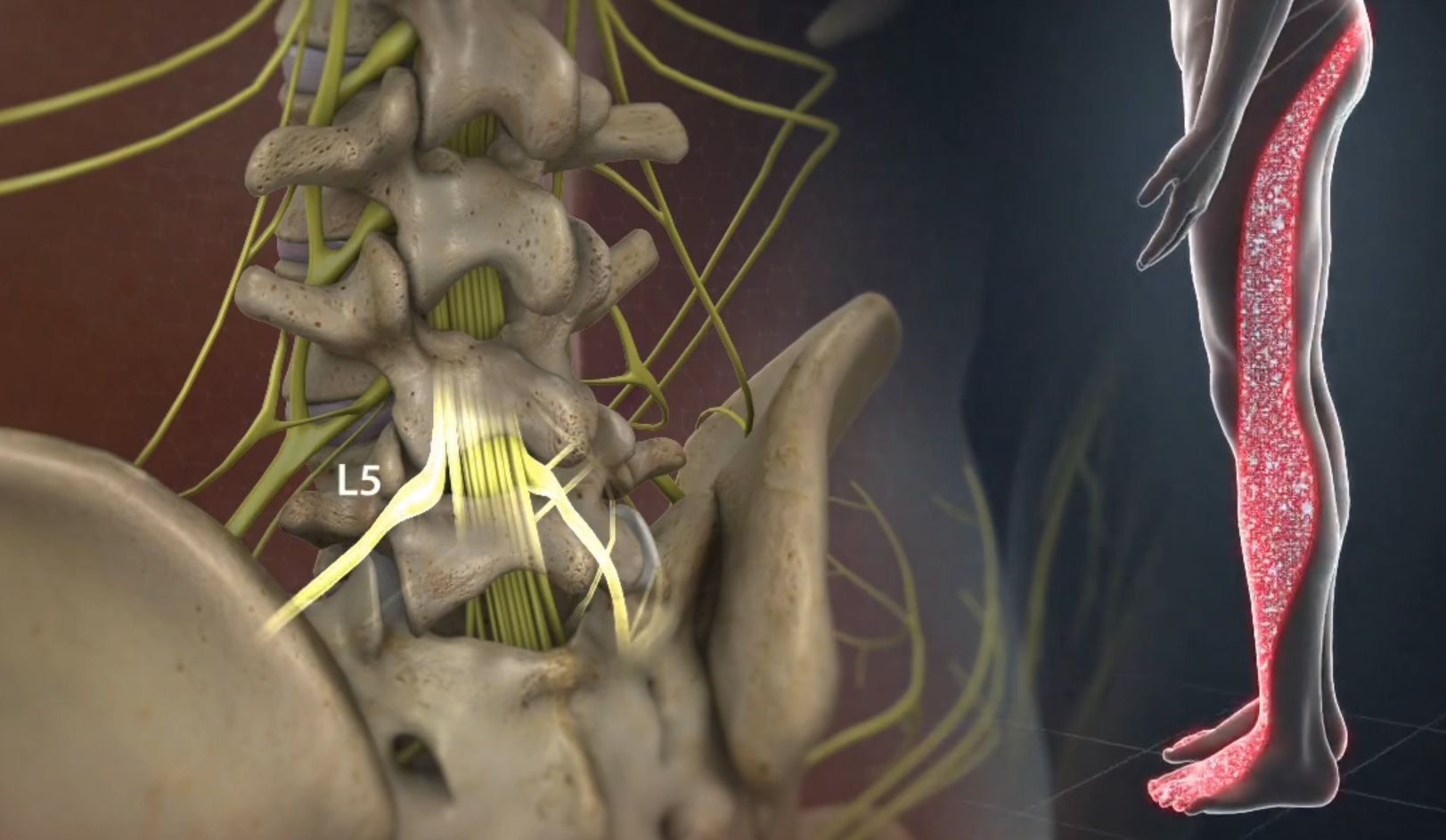
Lumbar Radiculopathy (Sciatica)
Overview
Radiculopathy occurs when a nerve root is compressed as it exits the spinal canal, causing pain and symptoms in the spine and down to the body areas where that nerve extends. Lumbar radiculopathy is often called sciatica and causes pain in the low back, hips, buttocks, lets, and feet.
&…
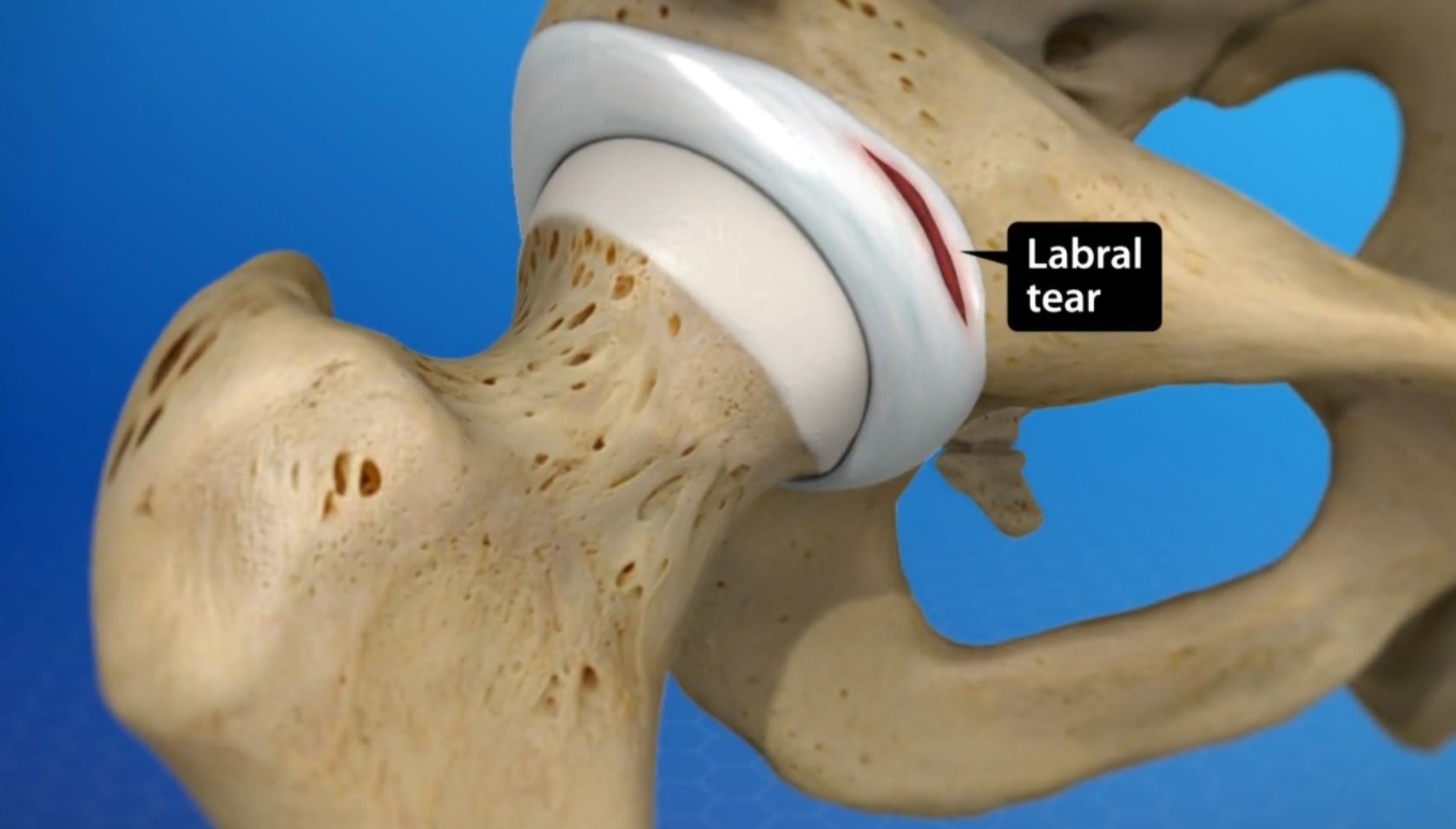
Labral Tear of the Hip (Acetabular Labrum Tear)
Overview
If you have hip pain or if your hip catches or clicks when you move your leg, you may have a torn labrum. This is a rim of tissue that surrounds the hip’s “socket” (acetabulum). The acetabular labrum deepens the socket, cushions the joint, and allows smooth movement.
Causes
You ca…
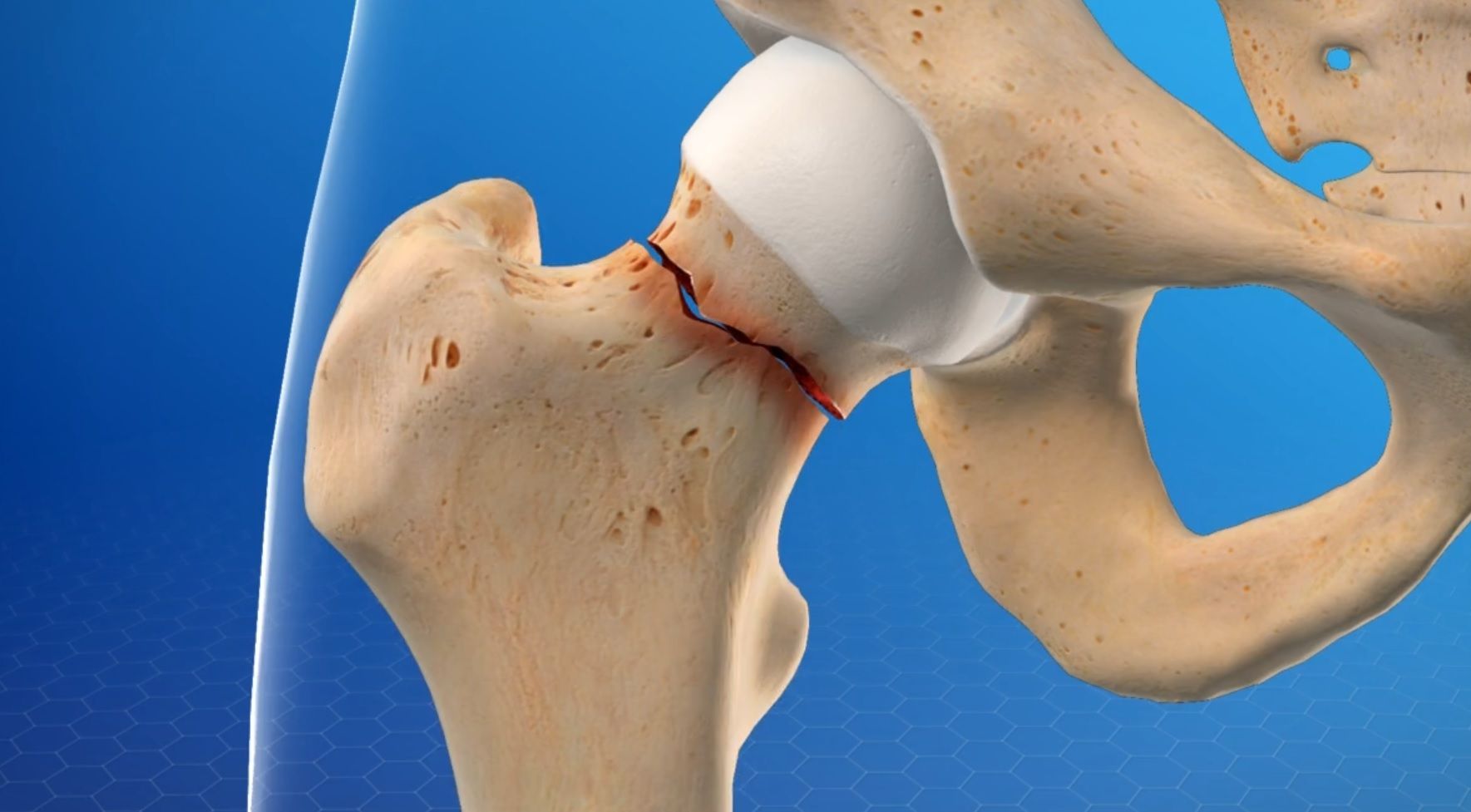
Hip Fracture
Overview
Hip fractures are typically breaks of the femur, the long “thighbone” in your upper leg. These breaks are usually in the femur’s “neck”, below the “ball” that the femur’s top makes for this hip joint.
Causes
Hip fractures are mostly caused by traumatic events, like car crashes …
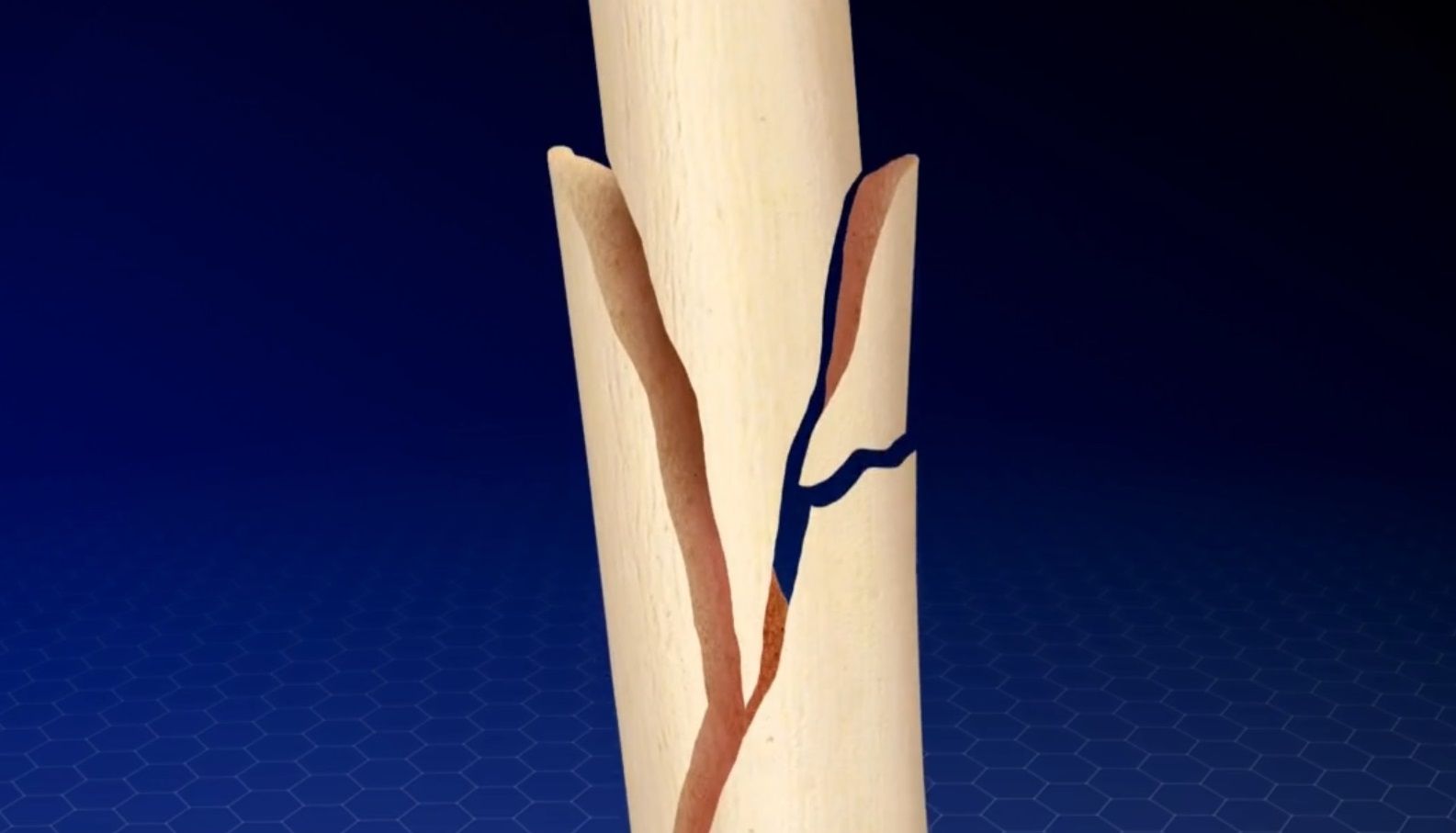
Femur Fracture
Overview
The femur, commonly known as the “thigh bone”, is the largest and strongest bone in your body.
Causes
A direct blow to your thigh can fracture your femur, as can a vehicle crash or fall. Conditions that weaken your bones, like osteoporosis, make a fracture more likely.
Typ…
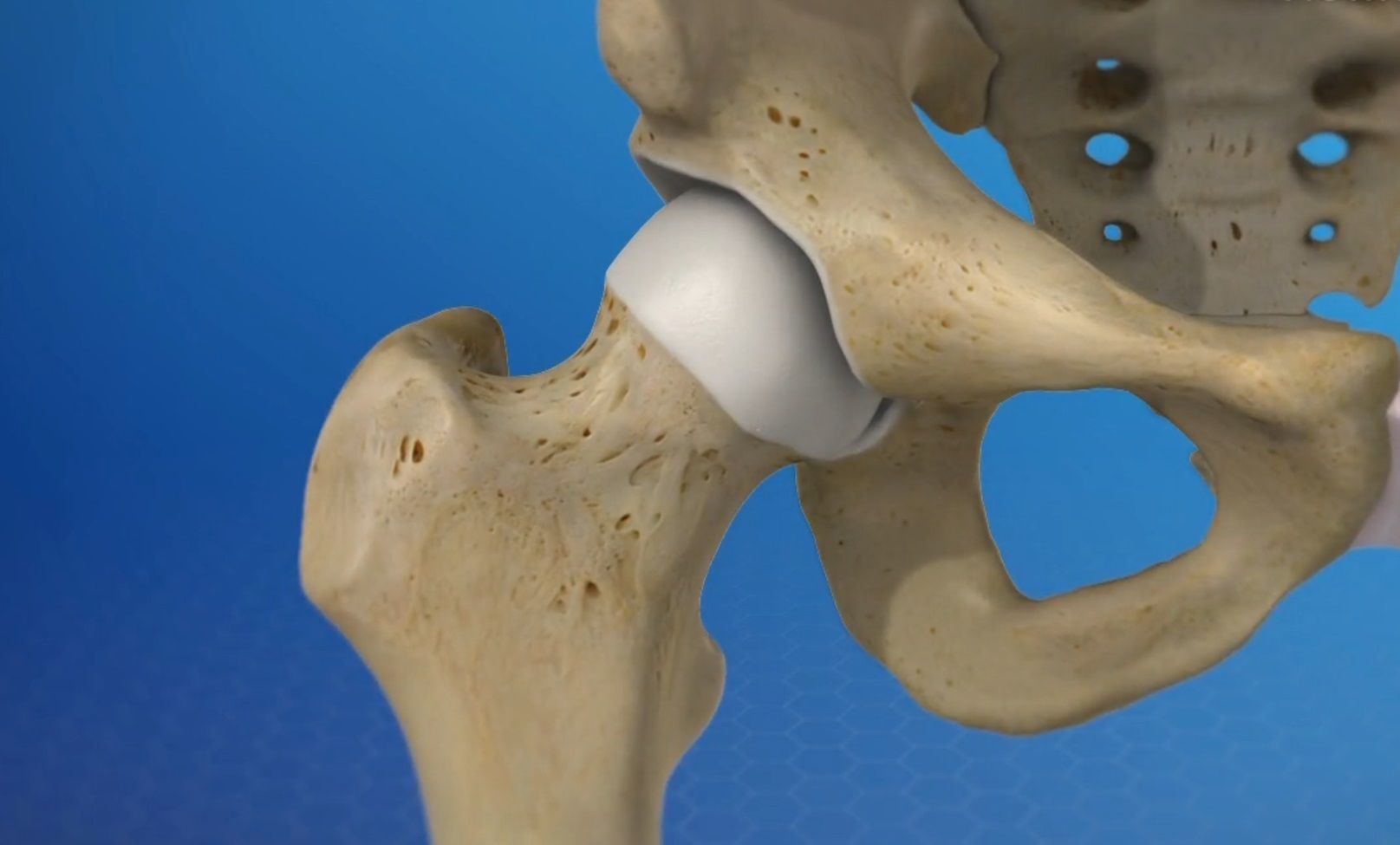
Anatomy of the Hip
Overview
The hip joint is the largest weight-bearing joint in the body. This ball-and-socket joint allows the leg to move and rotate while keeping the body stable and balanced. Here are the main parts of the hip joint’s anatomy.
Bones
Two bones – the femur and the pelvis – meet at the hip joint. …
